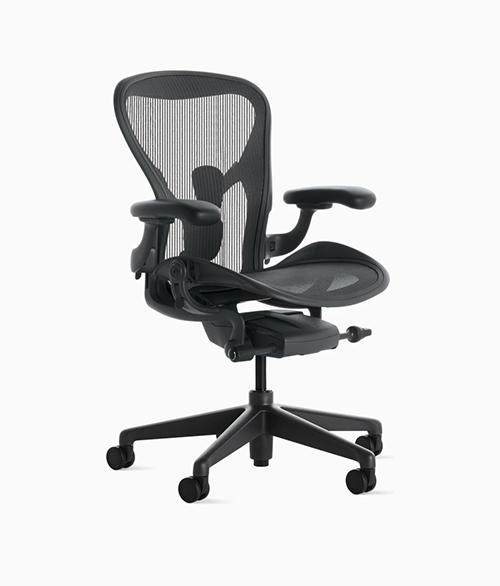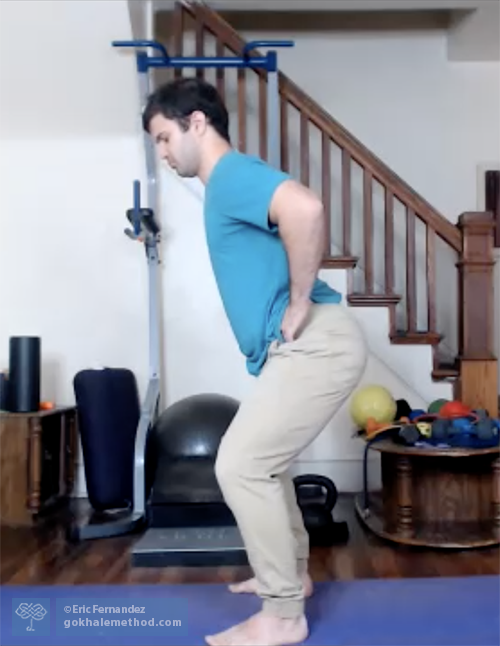Tomorrow will be the Fourth of July, or Independence Day in the US. It is the national day when US citizens celebrate the 1776 Declaration of Independence from Great Britain. Today I invite you to travel back in time with me to look at a well-known work of art that commemorates that historic event.
Aha Moments in Healthy Posture
The Gokhale Method® is designed to be, well, methodical. But although the process of learning healthy posture is mostly systematic and progressive, it is also usually punctuated by “aha moments”. These glimpses of intellectual, visual, and kinesthetic understanding of the body can arrive like the warm glow of returning to home ground, or they can be seismic shifts that change your life forever…
How To Go Down Stairs (Part 2)
Welcome to our second post on navigating steps and stairs. Our first post looked at how to power yourself up stairs—however, we often hear from our students that their most pressing concern is how to come down stairs.
Are you starting to worry that you may need to set up your bedroom downstairs, or find yourself compromised when visiting places with stairs? Perhaps you have a friend or older relative in this position? Is it possible to maintain or even improve your fitness and mobility in the years ahead? “Life exercises” such as descending stairs, done skilfully, can be transformative and can give many benefits beyond getting you where you want to go.
Comparing and Contrasting the Herman Miller Aeron Chair and the Gokhale Pain-Free™ Chair
I frequently get questions about what makes a good office chair. Of course, some office chairs are primarily fashioned for style and aesthetic appeal. In general, I would say these may be easy on the eye, but over time are hard on the body!
Ergonomic chairs
People frequently ask my opinion on how various ergonomic chairs on the market might help them. This makes sense given the rising prevalence of back pain¹. “Ergonomic” means that something is designed primarily for the health, comfort, and protection of users. Among the specific chairs people ask me about, the Herman Miller Aeron Chair tops the list. To answer efficiently, I like to compare and contrast it with the chair I designed, the Gokhale Method Pain-Free™ chair, as this embodies the posture principles confirmed by my research and experience.
Home Exercises Part 5: Squats
In this blog post, the fifth in our series scrutinizing popular home exercises, we are looking at squats. Is it a beneficial exercise, and how does it stack up—or not—against the principles of healthy posture?
Squats are a popular and effective exercise designed primarily to strengthen the front of thigh muscles (quadriceps), stabilize the knee joint, tone the butt (gluteus maximus), and also work the back muscles.
Old Family Photos are a Great Posture Tool: Part 2: Lower Body
Rediscovering ancestral posture can be fun! In our online 1-2-3 Move program we have had several “Show and Tells” during which participants share old family photographs. The inspiration for healthy posture and positive change that these pictures bring to their descendants, as well as to the online community, is powerful.
In Part 1 of this series we looked at the upper body. Here we are going to consider what our forebears can teach us about healthy alignment for the lower body—specifically, what needs to happen with the pelvis, legs, and feet.
Feet Out or Straight Ahead?
When it comes to foot position, feet parallel is often regarded as the ideal in our present-day culture. Standing with the feet apart, pointing straight ahead, is also seen as the starting point of a normal and healthy gait. Walking then proceeds along two parallel lines, like being on railway tracks.
From a Gokhale Method® perspective, a healthy baseline position for the feet is angled outward 5–15°, or “externally rotated.” Why is there such divergence of opinion—and angle?
Most people learn and then teach feet straight ahead
Feet straight ahead is the model learned and perpetuated by most professionals who are trained in anatomy, whether they are fitness coaches, yoga teachers, Pilates instructors, physical therapists, podiatrists, family physicians, or surgeons. Training regimens, gait analysis, shoe design, and equipment such as elliptical trainers and step machines are also based on this belief.







